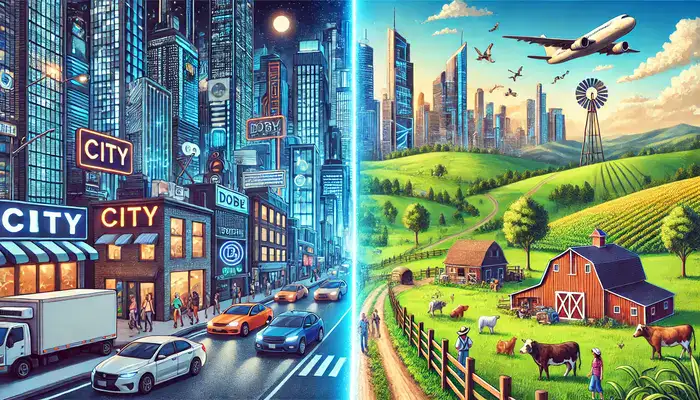Table of Contents
English Presentation | Future Energy Sources
English Presentation | Future Energy Sources
LELB Lecturer: Sasan
New energy sources
Scientists are racing to perfect greener sources of energy to improve the environment and reduce dependence on oil and other fossil fuels. Some predict a hydrogen economy. Others say solar is the way to go. Wilder schemes involve sky-high wind turbines or antimatter engines.
Wind
Taking the concept of windmills one step further, or higher, scientists want to create power stations in the sky by floating windmills 15,000-feet in the air. The strange crafts will be kept afloat by four propellers that double as turbines, and feed electricity back to earth through a cable. Wind energy currently accounts for only 0.1 percent of the world’s electricity demands, but that number is expected to increase as wind is one of the cleanest forms of energy and can generate power as long as the wind blows.
The problem, of course, is that winds don’t always blow, and wind power cannot be relied upon to produce constant electricity. There is also concern that wind farms could impact local weather in ways that are yet to be fully understood. Scientists hope that taking windmills to the skies will solve these problems, since winds blow much stronger and more consistently at high altitudes.
Solar
Solar energy requires no additional fuel to run and is pollution free. Sunlight can be captured as usable heat or converted into electricity using solar, or photoelectric, cells or through synchronized mirrors known as heliostats that track the sun’s movement across the sky. Scientists have also developed methods for using solar power to replace a gas-powered engine by heating hydrogen gas in a tank, which expands to drive pistons and power a generator.
Drawbacks of solar energy include high initial cost, and the need for large spaces. Also, for most solar energy alternatives, productivity is subject to the whims of air pollution and weather, which can block sunlight.



